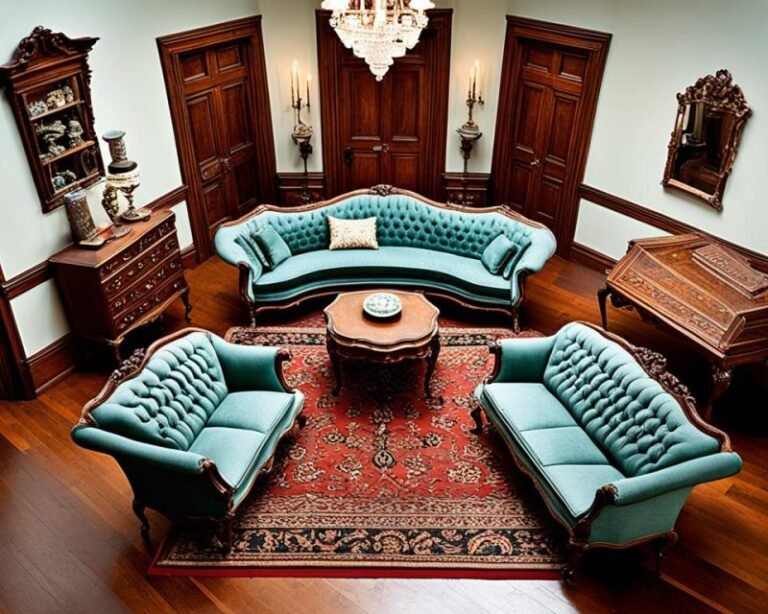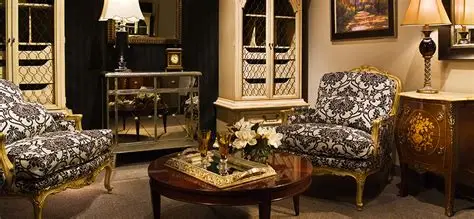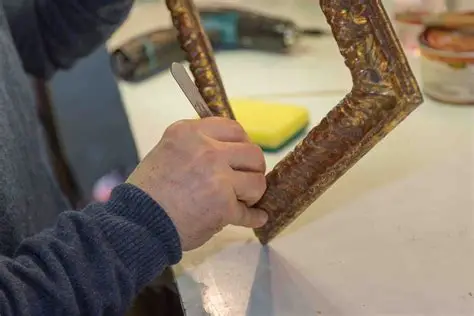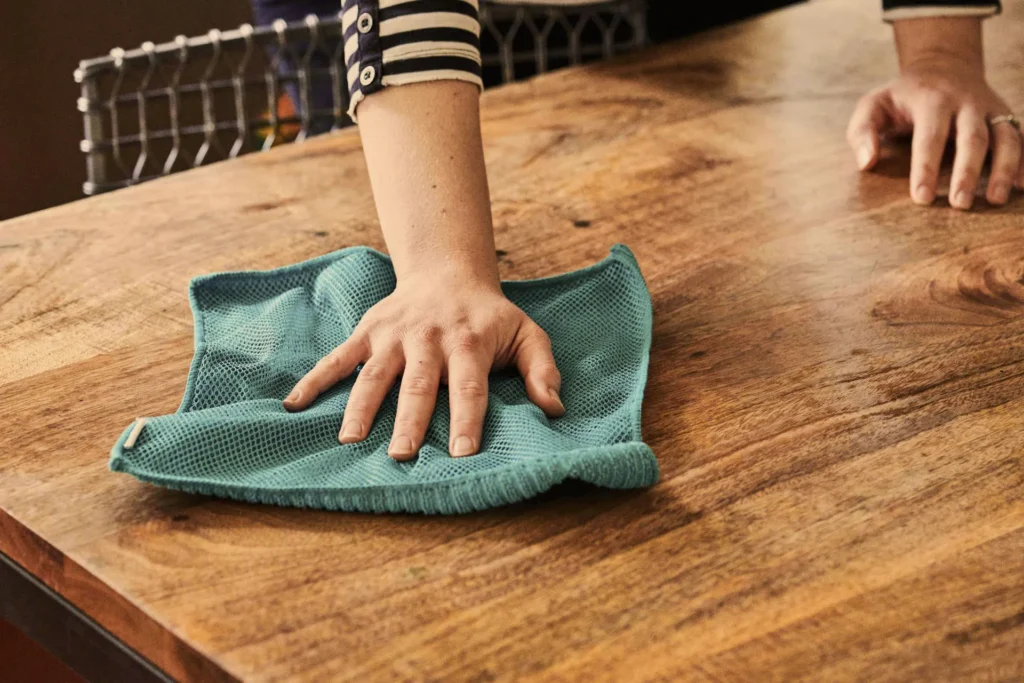
How to Maintain Dining Furniture
Dining furniture is more than just a place to eat—it’s where we gather, connect, and create lasting memories. That’s why proper care and maintenance are essential for keeping your dining table and chairs in great condition over time. Whether your furniture is made of wood, glass, metal, or upholstered materials, following the right practices can help it last longer and look better.
In this guide, we’ll explore practical tips on how to maintain dining furniture so it remains beautiful and functional for years to come.
Why Maintenance Matters
Dining furniture takes daily wear and tear from meals, spills, and frequent use. Without regular care, even high-quality pieces can show signs of damage or aging. But the good news? A simple routine can prevent:
-
Scratches and dents
-
Stains and discoloration
-
Loose joints and wobbly legs
-
Fading and water rings
By staying proactive, you’ll preserve your investment and avoid costly repairs or replacements.
General Tips for All Dining Furniture
Regardless of the material, these foundational tips apply to most dining sets:
-
Use coasters and placemats to protect surfaces from heat, moisture, and scratches.
-
Clean spills immediately to prevent staining or water damage.
-
Lift, don’t drag, when moving chairs or tables to avoid damaging legs or floors.
-
Dust regularly using a soft, lint-free cloth to prevent buildup.
-
Avoid direct sunlight to prevent fading or warping over time.
Now, let’s break it down by material type for more specific care strategies.
How to Maintain Wooden Dining Furniture
Wood is a classic and popular material for dining sets. Its warmth and character make it a favorite, but it requires some care to maintain its beauty.
Daily Care
-
Wipe down the table with a soft, damp cloth after meals.
-
Use mild soap for greasy spots but avoid harsh chemical cleaners.
Weekly Maintenance
-
Dust with a microfiber cloth to remove crumbs and particles.
-
Apply furniture polish or a conditioning oil monthly to keep the wood nourished.
Long-Term Protection
-
Use a tablecloth or runner to protect from direct contact and spills.
-
Keep your dining set away from heat sources like radiators or heating vents to avoid warping.
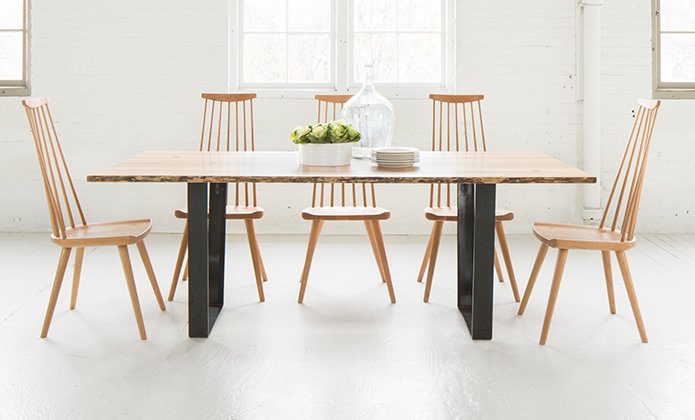
Caring for Upholstered Dining Chairs
Upholstered chairs bring comfort and style, but they can collect dust, crumbs, and stains quickly.
Regular Cleaning
-
Vacuum seats and backs weekly using an upholstery attachment.
-
Spot clean spills immediately using a fabric-safe cleaner or a mix of water and mild detergent.
Deep Cleaning
-
Steam clean or hire a professional upholstery cleaner once or twice a year.
-
Use fabric protectant sprays to help prevent staining and moisture damage.
Maintaining Glass Dining Tables
Glass tables offer a sleek, modern look but require frequent cleaning to keep smudges and fingerprints at bay.
Daily Cleaning
-
Wipe with a microfiber cloth and glass cleaner to remove fingerprints.
-
Avoid abrasive sponges or ammonia-based products that may scratch or cloud the glass.
Scratch Prevention
-
Use placemats and felt pads under dishes and centerpieces.
-
Avoid placing heavy or sharp items directly on the glass surface.
Tips for Metal Dining Furniture
Metal frames and accents add an industrial or contemporary touch to dining rooms. They’re usually low-maintenance, but still need occasional care.
Routine Cleaning
-
Wipe down with a damp cloth and dry thoroughly to prevent rust or corrosion.
-
Use a mild soap for deeper cleaning if needed.
Protect from Moisture
-
Avoid leaving metal parts damp or exposed to humidity for long periods.
-
For outdoor dining sets, apply a protective finish or store them in a covered area when not in use.
Protecting Against Wear and Tear
Even the most durable dining sets can show signs of age with daily use. Here’s how to slow that process:
-
Rotate seating positions periodically so all chairs wear evenly.
-
Tighten screws and bolts every few months to prevent wobbly chairs and tables.
-
Add chair leg protectors or felt pads to prevent floor damage and leg wear.
-
Refinish surfaces every few years if your wood table becomes scratched or dull.
Seasonal Maintenance Checklist
Spring and Summer:
-
Check for sun exposure and move furniture if needed.
-
Clean upholstery and consider refreshing wood finishes.
Fall and Winter:
-
Inspect joints and legs for dryness or shrinkage due to dry indoor air.
-
Use a humidifier in dry climates to protect wood from cracking.
Final Thoughts
Maintaining your dining furniture doesn’t have to be complicated or time-consuming. With a little consistency and care, your dining set can stay in top shape for decades. Whether it’s a cherished wooden table or a sleek glass surface, knowing how to maintain dining furniture ensures that every meal is served in style—and your furniture keeps looking just as beautiful as the day you bought it.
By incorporating these tips into your cleaning routine, you’ll extend the life of your furniture and continue enjoying countless meals and memories around the table.

